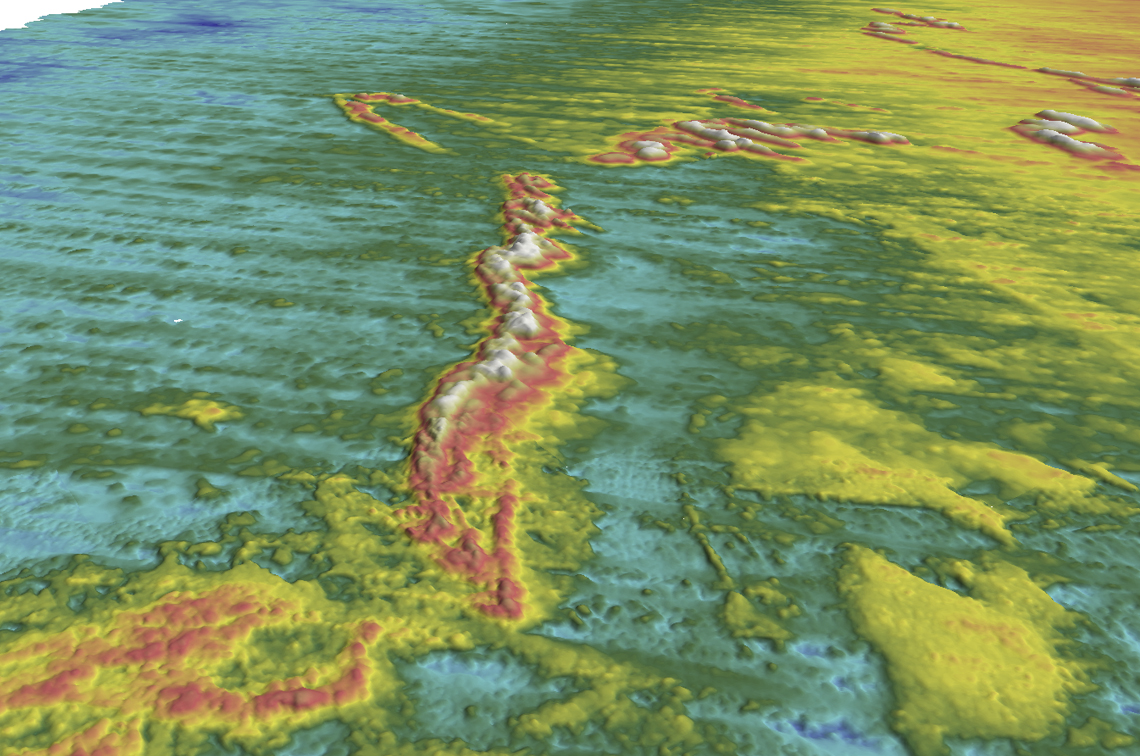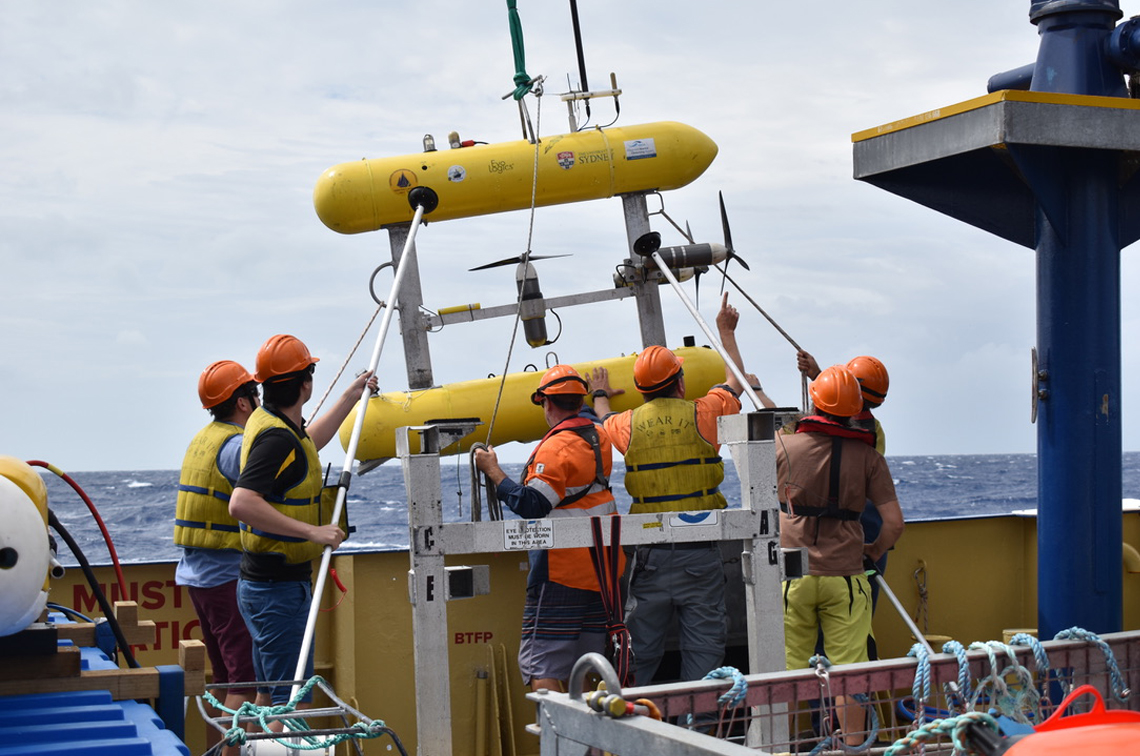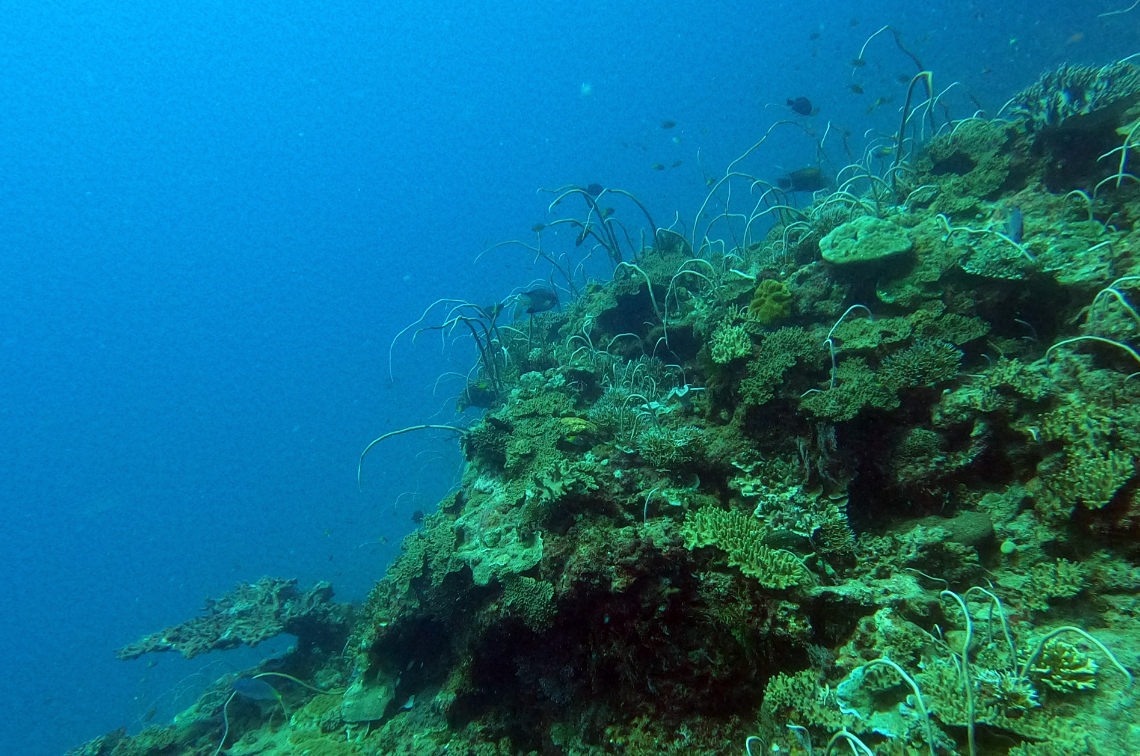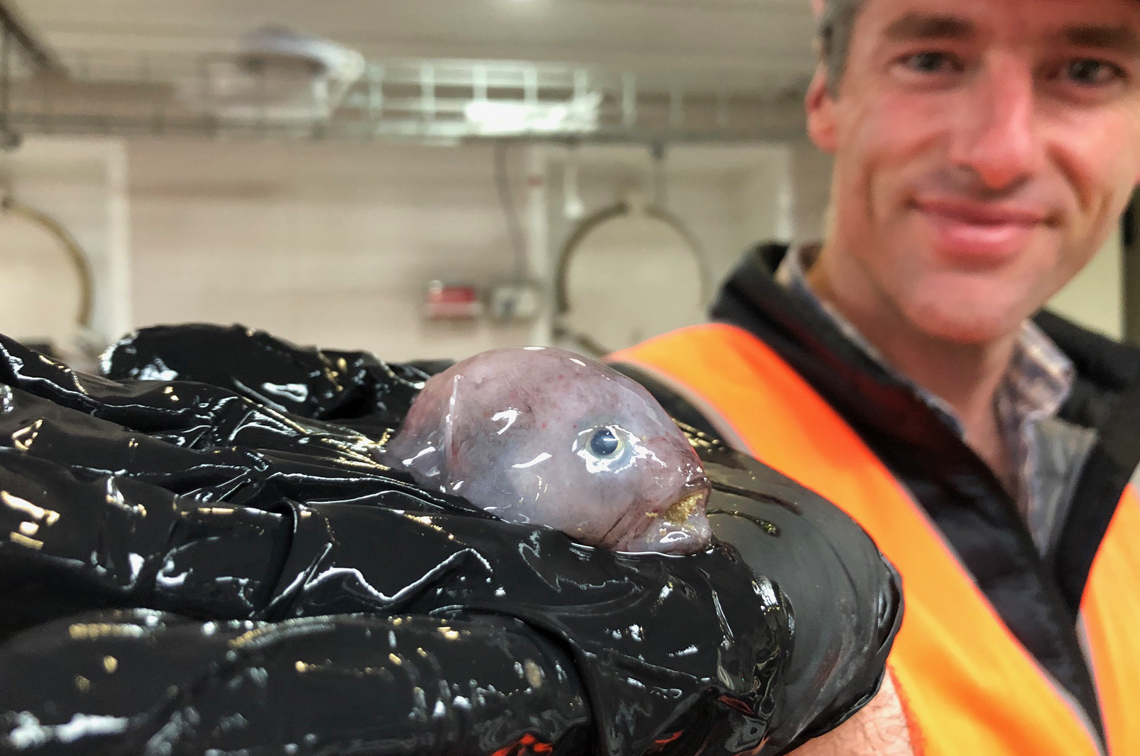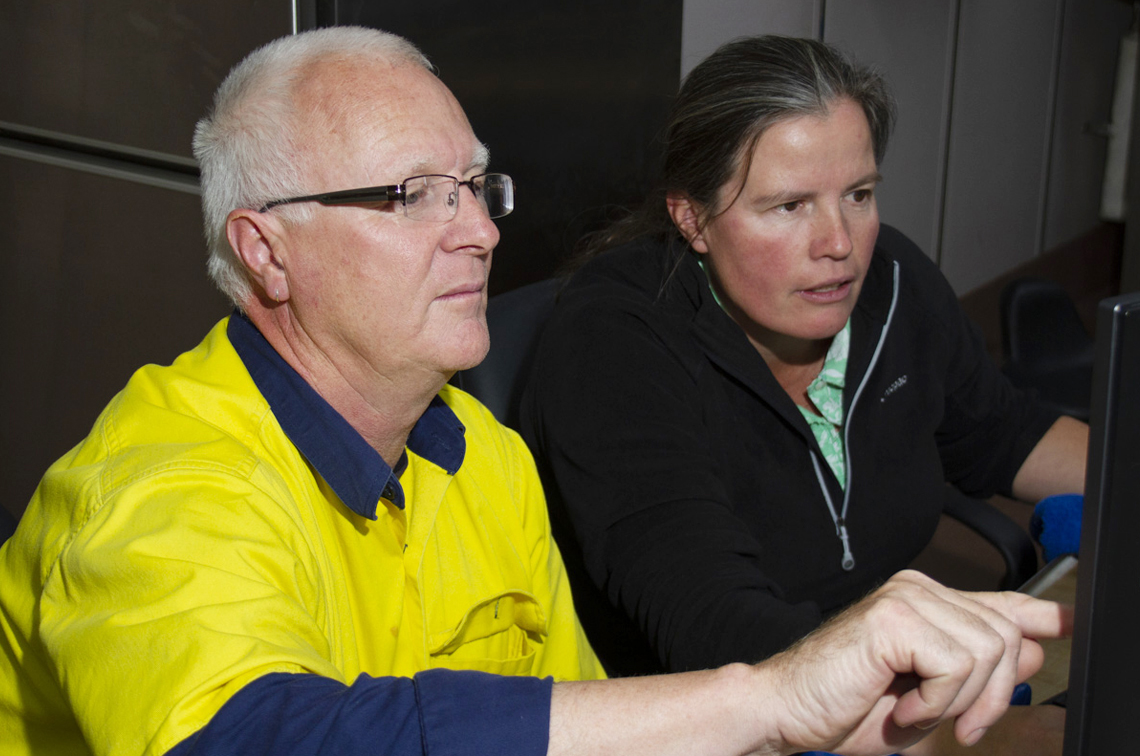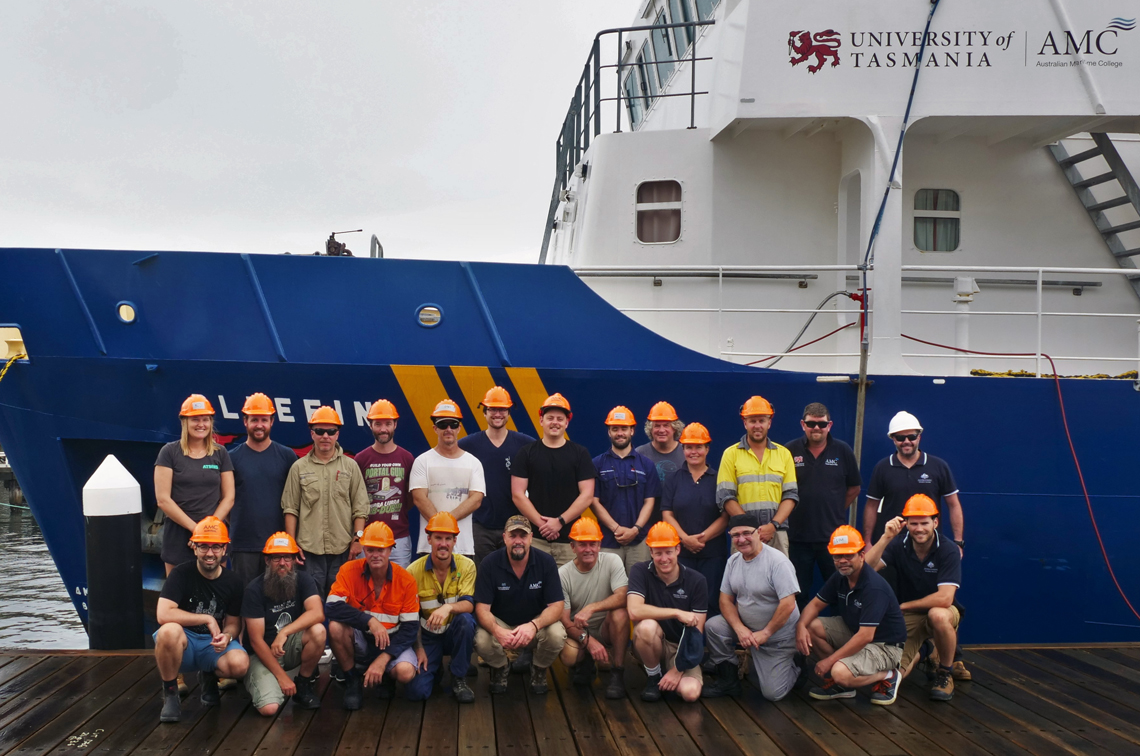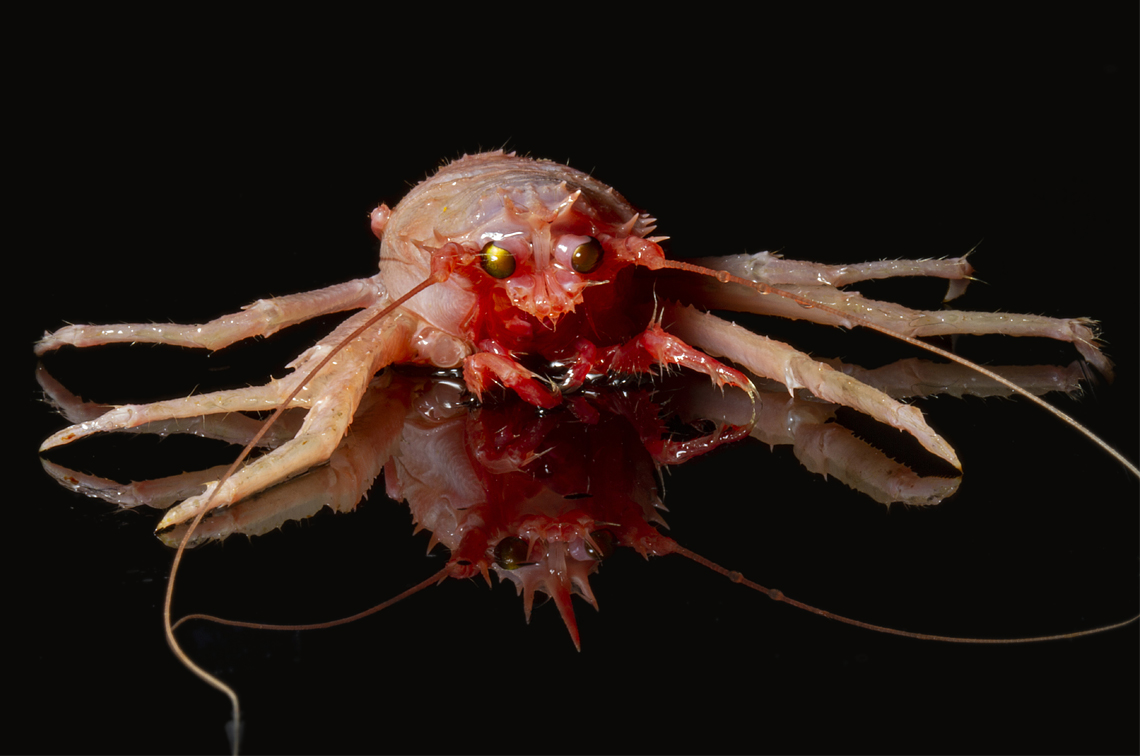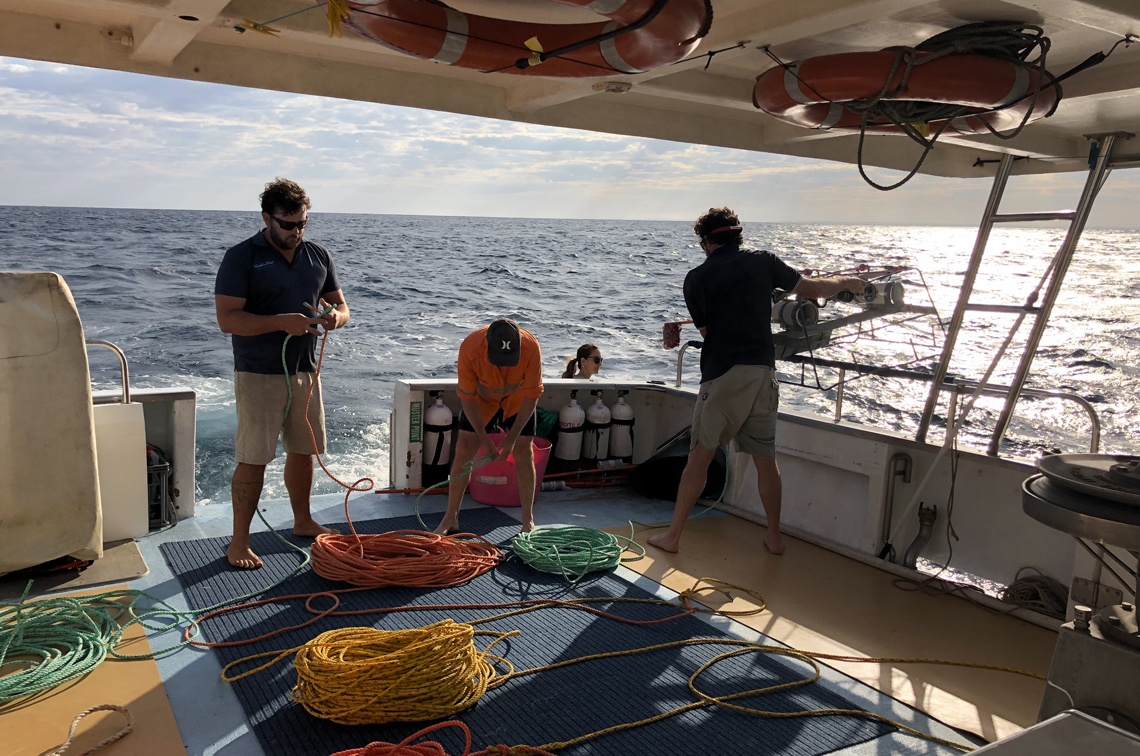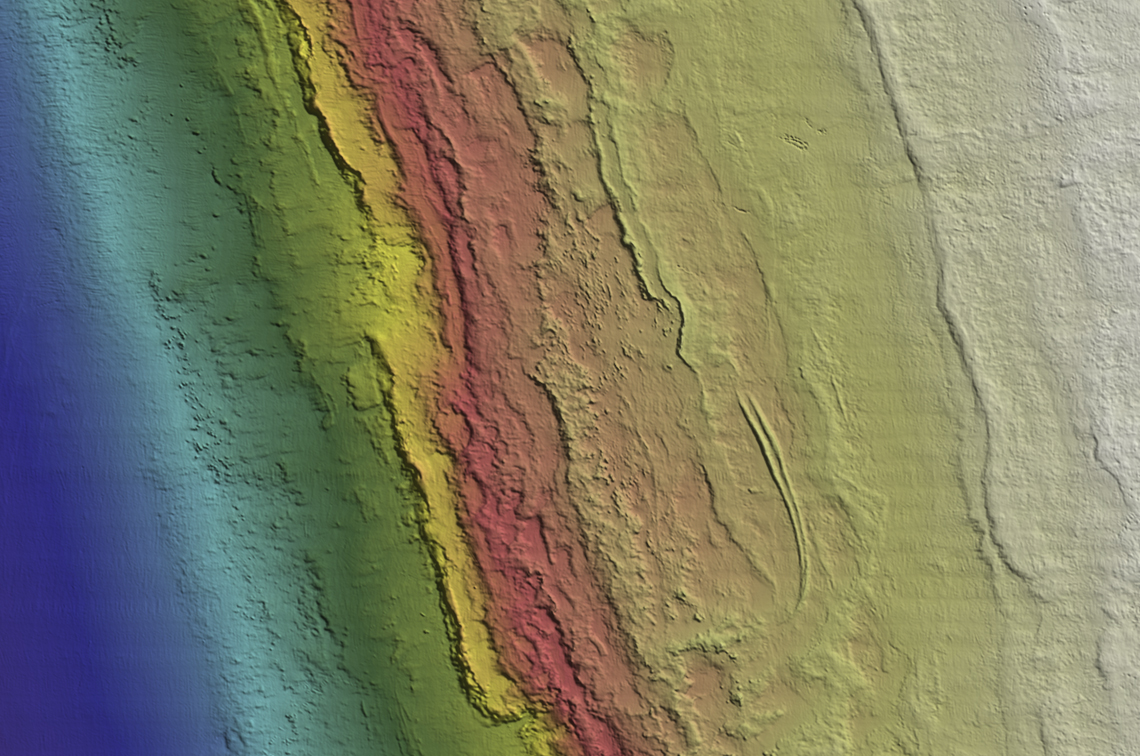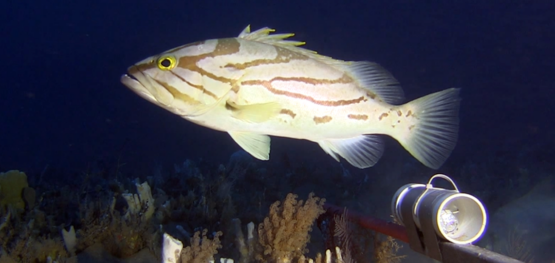Article
25 March 2024
In 1998 Australia committed to establishing a National Representative System of Marine Protected Areas. Today a network of 60 Australian Marine Parks (AMPs) covers 3.8 million square kilometres (~43%) of Australia’s marine estate. Management plans are in place, and a management effectiveness system is on the horizon.
A long-term partnership between Parks Australia and the National Environmental Science Program has been critical to this achievement. In early March, Marine and Coastal Hub co-leader Dr Alan Jordan, and Senior Advisor – Science and Management Effectiveness, Parks Australia, Dr Steffan Howe, shared their insights on the value of this partnership and the ingredients of success.
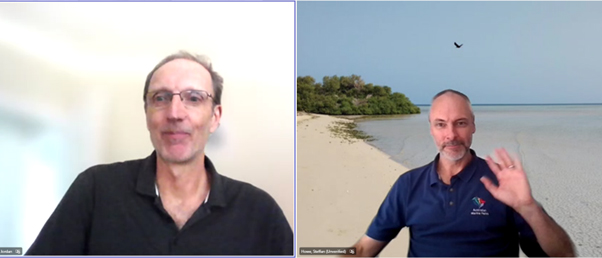
Dr Jordan (far left) and Dr Howe (left) presented a webinar as part of the ‘Spotlight on Science’ series run by the Department of Climate Change, Energy, the Environment and Water (DCCEEW) Office of the Science Convenor. DCCEEW staff and invited guests heard an inspiring account of collaboration that bridged the science-policy divide.
Discovery and planning
Parks Australia began working with an early iteration of the National Environmental Science Program (NESP) in 2007 during the marine park planning phase. It was no small undertaking to describe and predict marine biodiversity and explore options for management across a vast ocean realm largely remote, dynamic, and hidden from view.
“We began with existing information from museums and other surveys to describe deep-water habitats and biodiversity and put it into national planning frameworks to describe broad ecosystems and regions,” Dr Jordan says. “We funded work to predict biodiversity patterns across areas for which there were no samples by defining relationships between seafloor and habitat types.”
Five marine park networks were proclaimed in 2012. The first management plan, for the South-east Marine Park Network, came into effect in 2013. After a period of review, plans for five AMP networks were established.
These design and implementation phases were driven by management needs. Managers and researchers teamed up to prioritise areas for surveys, and the NESP brought together multidisciplinary teams to map seafloors and sample marine life. They set baselines, identified key values and indicators required for monitoring. On some voyages, Parks Australia staff had the opportunity to work side-by-side with scientists.
“We ramped up an extensive field program in several AMPs around Australia,’ Dr Jordan says. “Multibeam sonar captured high-resolution seafloor imagery, showing us features such as deep seamounts, shifting sediments, drowned reefs and relict coastlines.
“We recognised early the need for standard operating procedures for marine sampling and the AMP survey program was critical to developing best practices that are now nationally and internationally accepted and essential to data delivery.
“For example, a national standard for the use of baited remote underwater stereo video underpins data collected on fish diversity and biomass. This gives us the power to go back and see real change, and make assessments critical to management evaluation.”
Monitoring values and evaluating management effectiveness
“It’s really helpful for managers to have an understanding of the science when translating policy and management needs, and for scientists to appreciate the policy and management context,” Dr Howe said. “It’s rare for the Parks Australia management team to get on the water and do our own research, so the partnership model is critical to delivering applied science for AMPs.
“Some fantastic working relationships have been developed between Parks Australia staff and NESP researchers. These are built on clear articulation and agreement of outputs from the outset of projects, and a shared understanding of best practice science needs and how they flow into policy and management.
“Adaptive management is important to our way of working and the approach and the underlying understanding has evolved through NESP research.
“We looked at where we would expect a change due to management, identified key natural values and whether we had sufficient knowledge to monitor these. If so, we defined monitoring needs based on management goals. If not, there was a need for research.
“We followed this approach in the South-east Network first. Due to close collaboration, the project was very successful and has now been applied across the five other marine park networks.”
Managing information
Dr Howe said underlying advances in information management and knowledge transfer had been essential to providing the evidence base for adaptive management.
“Parks Australia and NESP researchers did a huge amount of work on developing the common language we now use to describe elements of the AMP system and identify monitoring needs and approaches.
“We are making progress towards FAIR (findable, accessible, interoperable, reusable) data to ensure information and data products are delivered in a form usable by managers. NESP projects have been critical to that in the department and will apply in other institutions as well.
Dr Howe said the AMP surveys gave an opportunity for reflection on engagement with Traditional Owners. This highlighted the importance of embracing principles such as cultural competency, recognition of Indigenous Cultural and Intellectual Property and investing in two-way science.
The NESP Marine and Coastal Hub is embarking on new projects that will provide scientific knowledge to support the Parks Australia management effectiveness system. Project teams will work with Parks Australia to survey and develop monitoring protocols for priority sites, identify and define risks and management options for emerging industries; and better understand the entire AMP system.
The long-term marine research program provides a great example of effective collaboration and investment across Australia’s marine research agencies and universities, stakeholders and Indigenous organisations.
“Such a massive amount of work has been achieved through these partnerships,” Dr Jordan said. “As well as AMPs, there is a body of knowledge to be shared across government. We’re keen to see the ongoing benefits.”
Email for more information on the Spotlight on Science webinar series.

